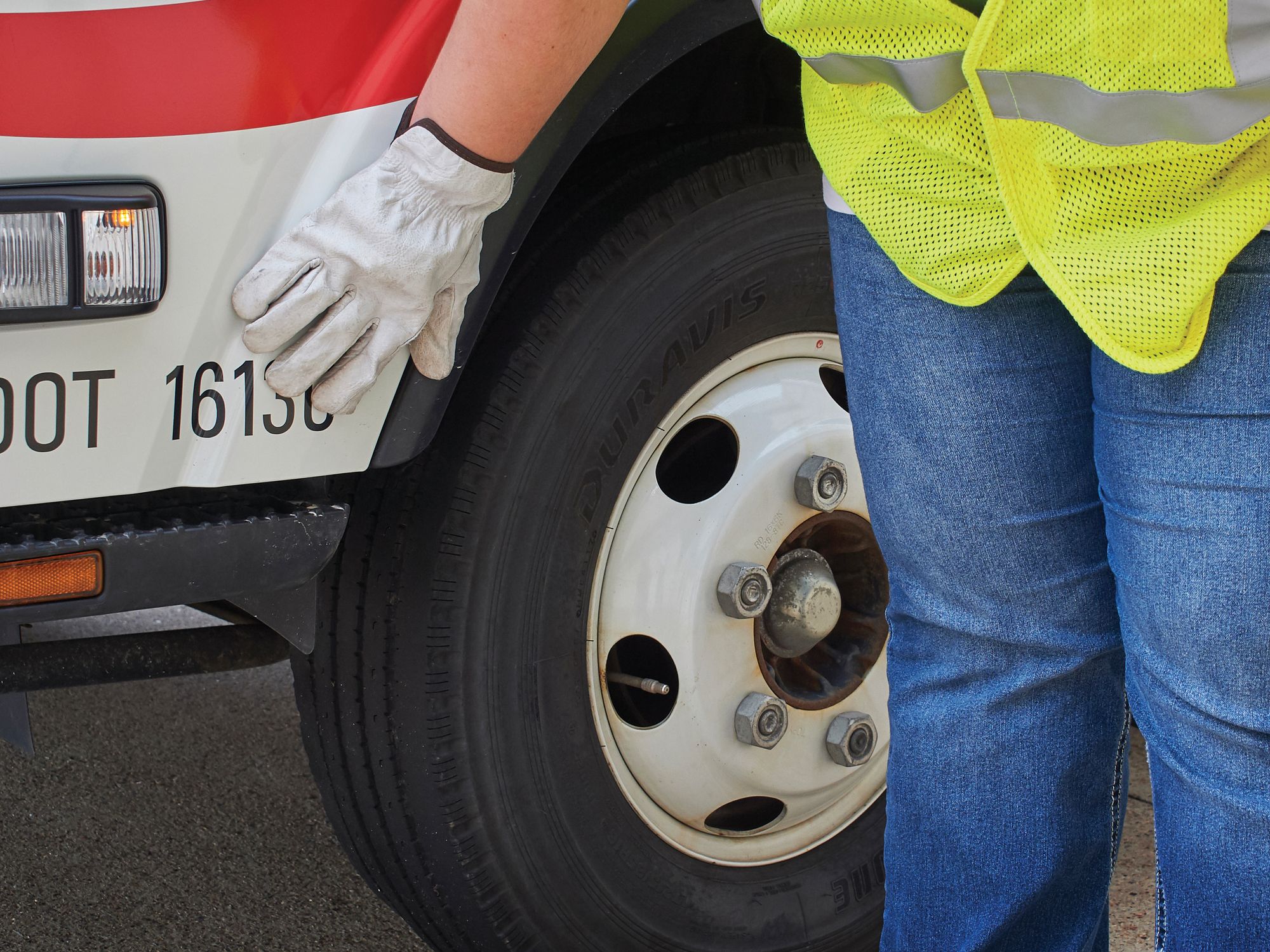Can carriers have more than one USDOT number and how should their vehicles be marked?

- A U.S. Department of Transportation (USDOT) number is unique to an individual carrier.
- U.S. Department of Transportation numbers are not transferable and are assigned to one person (individual, corporation, partnership, etc.), forever.
- The Federal Motor Carrier Safety Administration does not prohibit additional information on the vehicle, but at the federal level, additional markings are not required.
- Interstate vehicles only need to be marked when meeting the definition of a commercial motor vehicle, so some carriers use temporary magnetic or vinyl signs so the vehicle is only marked when regulated by the federal motor carrier safety regulations.
As a federal employer identification number (FEIN) is unique to a corporate entity, a U.S. Department of Transportation (USDOT) number is unique to an individual carrier.
Multiple USDOT numbers can never be created for the purpose of evading statutory or regulatory requirements, a Federal Motor Carrier Safety Administration (FMCSA) order, enforcement action, or negative compliance history.
There should be a one-to-one relationship between an FEIN and a USDOT number. The FMCSA strongly prefers that individual terminals or divisions that are not a legal entity, report through a single corporate USDOT number. This also means that related entities cannot share a USDOT number.
Are divisions and subsidiaries of a corporate entity allowed to have separate USDOT numbers?
The agency states that “USDOT numbers are not transferable and are assigned to only one person and remain assigned to that person forever. A person includes an individual, corporation, partnership, or other business organization as authorized by state law. Each separate and distinct person must have separate registration.” Are divisions and subsidiaries of a corporate entity allowed to have separate USDOT numbers? Each legal entity needs to have its own USDOT number. The number cannot be shared among related separate entities.
The FMCSA will consider requests for assignment of individual USDOT numbers to corporate divisions on a case-by-case basis.
The FMCSA has provided this information for guidance.
Question: Should each terminal operation or branch of a corporation register for a USDOT number?
Answer: A USDOT number usually applies to the company, not a particular branch office or vehicle. Generally, the corporate office or headquarters should register the company and should inform its branches of the USDOT number. For companies with multiple branches, maintaining proper registration with the FMCSA requires good communication between the corporate headquarters and the terminal offices. The company’s headquarters can then interact with the FMCSA to ensure that all of its branches are properly accounted for.
Can other identifying information be displayed on a CMV?
The Federal Motor Carrier Safety Administration (FMCSA) does not prohibit additional information on the vehicle, but at the federal level, additional markings are not required.
Do the marking regulations require the display of city and state on CMVs?
The federal marking regulations no longer require motor carriers (MCs) to mark their motor vehicles with the city and state. However, the rules do not prohibit showing the address along with the required carrier name and U.S. Department of Transportation (USDOT) number.
While the federal requirements do not require an address, a state or local municipality may. The most prevalent example of this is New York City.
Can the MC number be displayed?
Interstate for-hire carriers may not display their Interstate Commerce Commission Motor Carrier (ICC-MC) number instead of their USDOT number. These carriers are required to have operating authority and an MC number, but they must display the USDOT number on all vehicles. Carriers are not required to remove existing MC number markings but are encouraged not to display the MC number on new or repainted commercial motor vehicles (CMVs). The FMCSA prefers that carriers phase out MC numbers on vehicles as new vehicles are purchased or repainted.
Does a USDOT marking have to be painted on the vehicle?
The marking may be painted on the CMV or may consist of a removable device that meets the identification and legibility requirements of 390.21.
Since interstate vehicles only need to be marked when meeting the definition of a CMV, some carriers use temporary magnetic or vinyl signs so the vehicle is only marked when regulated by the federal motor carrier safety regulations (FMCSRs).
What are the vehicle marking requirements in Canada?
Canada’s vehicle marking requirements are established by each jurisdiction; there isn’t one applicable standard like there is in the U.S. regulations.
To view each Canadian jurisdiction’s vehicle marking requirements, click here <<link will go to province-by-province content in RegSense>>
